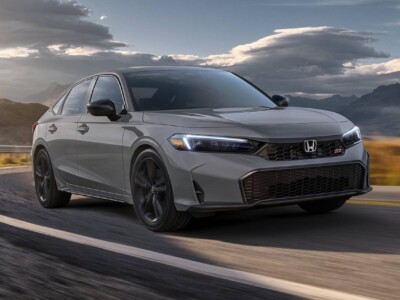
According to a report from the “Asociación Nacional de Agencias Distribuidoras de Vehículos” (ANADIVE), utility vehicles in the Dominican Republic total 2,062,292, indicating one vehicle for every six inhabitants.
Despite the pandemic crisis and semiconductor shortages in 2021, the country imported 100,243 vehicles, with 80% (82,213) being used vehicles, and 18,030 being new vehicles.
ANADIVE President, César de los Santos, explained to the media that while there is a perception of an excessive number of vehicles in the country, the data on the vehicle fleet reflects an increase of only 4,842,000 units in 2021.
Breaking down the vehicle units, 53.7% are motorcycles, totaling 2,600,154; followed by 20.5% for cars, totaling 992,610; cargo vehicles represent 9.5%, with 459,990 units; and 3.7% for buses, dump trucks, and heavy machinery, totaling 179,154.
Official data from the Department of Economic Studies of the General Directorate of Internal Taxes (DGII) states that the Dominican vehicle fleet added 310,081 units in 2021, closing the period with an active inventory of 5,152,448 vehicles, with 55.8% being motorcycles.
The relative increase in the Dominican vehicle fleet was 6.4%, according to the tax collection institution. Of the four-wheeled vehicles registered as of December 31, 2021, 20.3% were cars, 11.0% were jeeps, and the remaining 12.9% were cargo vehicles, buses, among others.
Most vehicles are registered in the National District, the province of Santo Domingo, and Santiago de los Caballeros, according to the DGII report.
Cesar de los Santos stated, “These data clearly express that in the Dominican Republic, there is an unsatisfied demand for means of transportation for the population.”
ANADIVE presented this data as a prelude to the announcement of the Autoferia Anadive 2022, scheduled from the 25th to the 29th of this month at the Sans Soucí port facilities.
“The pandemic globally reduced cars due to the capacity reduction of production plants and the lack of key materials such as microchips, semiconductors, and aluminum alloys,” highlighted de los Santos. “This led to a shortage of new units in the market, resulting in a price increase due to increased demand, with a considerable rise in prices in international markets and major auctions, making inventory replacement more expensive.”
“Due to the increased importation and commercialization of used vehicles, commercial banks opened their financing portfolios to used units,” he added.







